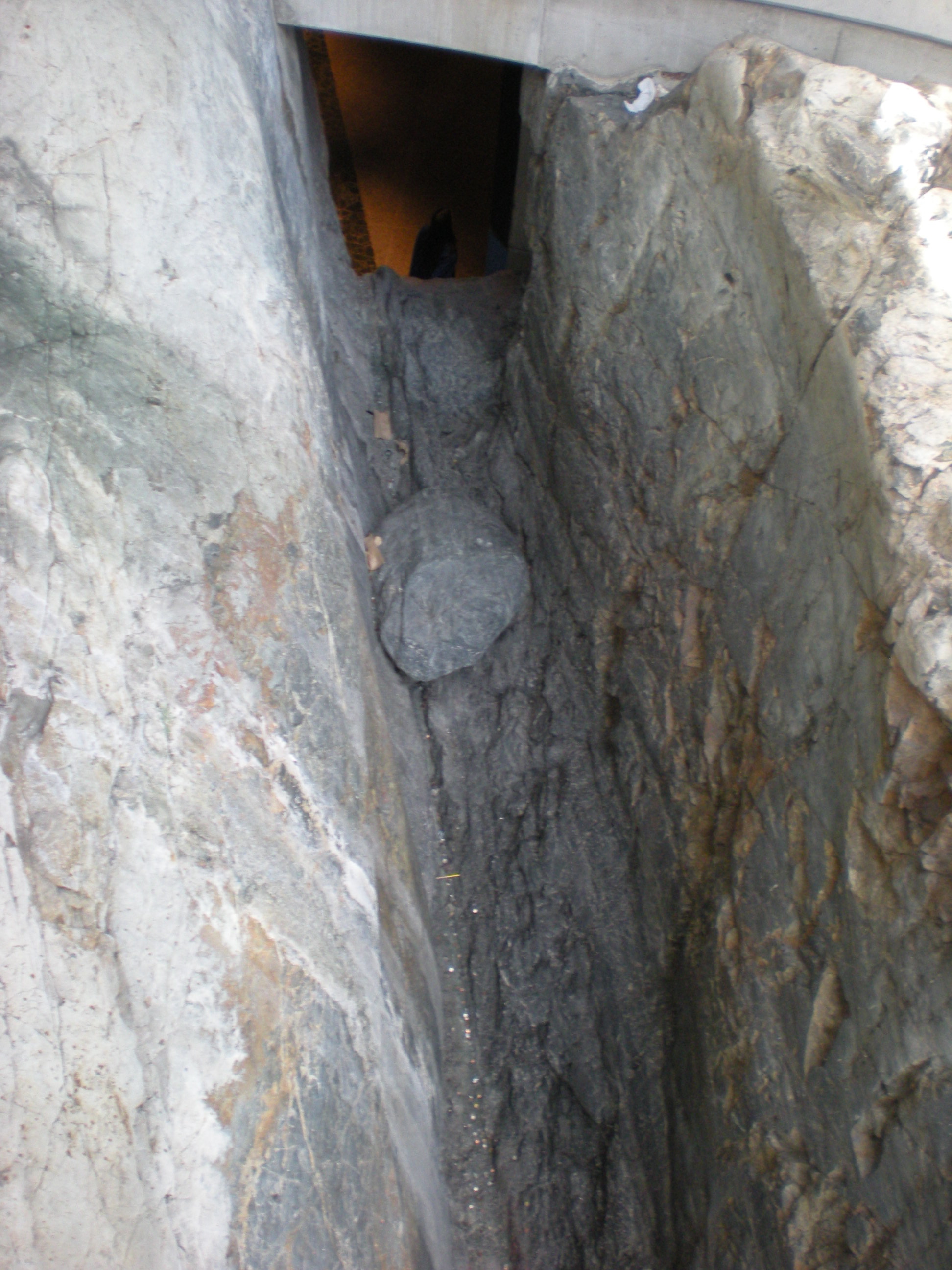Faults (Geology)
Enlarge text Shrink text- LC database, Mar. 9, 205(title: geological faults)
- Forsmark site investigation : searching for evidence of late- or postglacial faulting in the Forsmark region, 2005:abstr. ("Major faulting" is defined as dislocations in the order of several metres along faults several kilometres long)
- Wikipedia, Aug. 26, 2009(Fault (geology); "In geology, a fault or fault line is a planar fracture in rock in which the rock on one side of the fracture has moved with respect to the rock on the other side. All faults have a measurable thickness, made up of deformed rock that is characteristic of the level in the crust where the faulting happened, the rock types affected by the fault and the presence and nature of any mineralising fluids.")
In geology, a fault is a planar fracture or discontinuity in a volume of rock across which there has been significant displacement as a result of rock-mass movements. Large faults within Earth's crust result from the action of plate tectonic forces, with the largest forming the boundaries between the plates, such as the megathrust faults of subduction zones or transform faults. Energy release associated with rapid movement on active faults is the cause of most earthquakes. Faults may also displace slowly, by aseismic creep. A fault plane is the plane that represents the fracture surface of a fault. A fault trace or fault line is a place where the fault can be seen or mapped on the surface. A fault trace is also the line commonly plotted on geologic maps to represent a fault. A fault zone is a cluster of parallel faults. However, the term is also used for the zone of crushed rock along a single fault. Prolonged motion along closely spaced faults can blur the distinction, as the rock between the faults is converted to fault-bound lenses of rock and then progressively crushed.
Read more on Wikipedia >
 Topic
Topic












